When science meets art...
The international meeting X-ray techniques in investigations of the objects of cultural heritage. Celebrating the 100th anniversary of crystal X-ray diffraction was organised in Krakow (Poland) by the Faculty of Chemistry Jagiellonian University, the Jagiellonian University Museum, the Jerzy Haber Institute of Catalysis and Surface Chemistry of the Polish Academy of Sciences and the Conservation and Restoration Department of the Academy of Fine Arts in Kraków. The meeting was fourth conference which since 2008 is organized as an activity of the Crystallography in Art and Cultural Heritage Commission of the International Union of Crystallography.
Preservation and conservation of our cultural heritage is a significant, contemporary world-wide concern in which since a few years crystallographic community is also involved. Advanced scientific methods and techniques are essential for the identification of materials and processes which take place in historic objects. These methods can also help in a deeper understanding of the technology and craftsmanship of the old masters. Nowadays, material science deals with many problems from the area of cultural heritage. On 17-19 May 2012 the Collegium Maius of the Jagiellonian University housed over 90 scientists and museum professionals discussing scientific achievements in art and archaeology.
In 2012 scientists all over the world are celebrating the 100th anniversary of Max Laue's discovery of the diffraction of X-rays on crystals. The meeting in Kraków was also especially devoted to the diffraction phenomenon. Today X-ray diffractometry is a commonly used technique for revealing information about the structure of various materials. Similarly to the previous conferences, the Kraków meeting in 2012 was focused on investigations of historic materials like pigments, metal alloys and other substances, and on corrosion and deterioration processes of ancient objects by X-ray techniques and related methods.
Since 2010 the meetings X-ray techniques in investigations of the objects of cultural heritage have taken place at the heart of the City – Collegium Maius, the oldest university edifice in Poland. Its history goes back to the fifteen century. The appearance of Collegium Maius has not changed much since the second half of nineteenth century and the University Museum is still a home for ancient university collections, including the collection of old scientific instruments.
The opening lecture delivered by the former president of the International Union of Crystallography Professor Henk Schenk (Amsterdam University, the Netherlands) entitled From Röntgen and Laue to modern crystallography dealt with the history and modern achievements reached in the field of crystallography thanks to Laue’s discovery. The lecture was a wonderful journey through a century of X-ray diffraction. For 50 years this area of investigation has been fruitfully examined by Professor Henk Schenk.
The next lecture given by Professor Gilberto Artioli (Dipartimento di Geoscienze, Universita di Padova, Italy) Science for the cultural heritage: the contribution of X-ray and neutron diffraction introduced the participants into the wide range of applications of diffraction methods in different areas of cultural heritage studies. The book of Professor Artioli Scientific Methods and Cultural Heritage: An introduction to the application of materials science to archaeometry and conservation science, recently published by Oxford University Press, aroused great interest among the participants.
During the conference sessions scientists, art historians and conserva¬tors got to know the latest results obtained in the best conservation workshops and scientific laboratories. In the lectures given by Ina Reiche (Centre de Recherche et de Restauration des Musées de France), Thomas Wróblewski (Hamburger Synchrotronstrahlungslabor (HASYLAB) at Deutsches elektronen-Synchrotron (DESY), Hamburg, Germany) Matthias Alfeld (Universiteit Antwerpen, Department of Chemistry, Center for Micro- and Trace Analysis, Belgium), Eberhard H. Lehmann (Paul Scherrer Institut, Villigen PSI, Switzerland), Manfred Schreiner (Institute of Science and Technology in Arts, Academy of Fine Arts, Vienna, Austria), David Strivay (Institut de Physique Nucléaire, Atomique et de Spectroscopie & Centre Européen d’Archéométrie, University of Liege, Belgium) and Anabelle Križnar (University of Seville, Centro Nacional de Aceleradores, Spain) the results of application of modern X-ray techniques were fully described and discussed.
The specialists from the Polish museums and restoration departments also shared their knowledge and experiences with the conference participants. The second session began with the lecture of Janusz Czop, the Chief Conservator of the National Museum in Kraków, who told about the application of X-rays techniques in the conservation studios of Krakow’s museums. His talk was followed by the lectures delivered by the conservators from the National Museum in Kraków, Collegium Maius Jagiellonian University Museum and scientists and conservators from Conservation and Restoration Department of the Academy of Fine Arts in Kraków, the Center for Diagnosis Prevention and Telemedicine of the John Paul II Hospital in Kraków, the Faculty of Fine Arts, the Mikołaj Kopernik University in Toruń, the Jerzy Haber Institute of Catalysis and Surface Chemistry of the Polish Academy of Sciences, the Henryk Niewodniczański Institute of Nuclear Physics, the Polish Academy of Sciences, and the Faculty of Chemistry of the Jagiellonian University.
The first conference day ended with a poster session and visit to the Collegium Maius collections. The treasures of the Jagiellonian University were admired by scientists, curators and conservators – the conference participants from Austria, Belgium, France, Germany, Italy, the Netherlands, Spain and all over Poland. All participants had the chance to take part in the Night of Museums and could experience Kraków by night.
Our guests spent the final day at the Wawel Castle Museum, which among other treasures houses temporarily the famous painting Lady with the ermine by Leonardo da Vinci.
The whole program of the conference is available at web page:
http://heritagescience.pl/workshop2012/
|
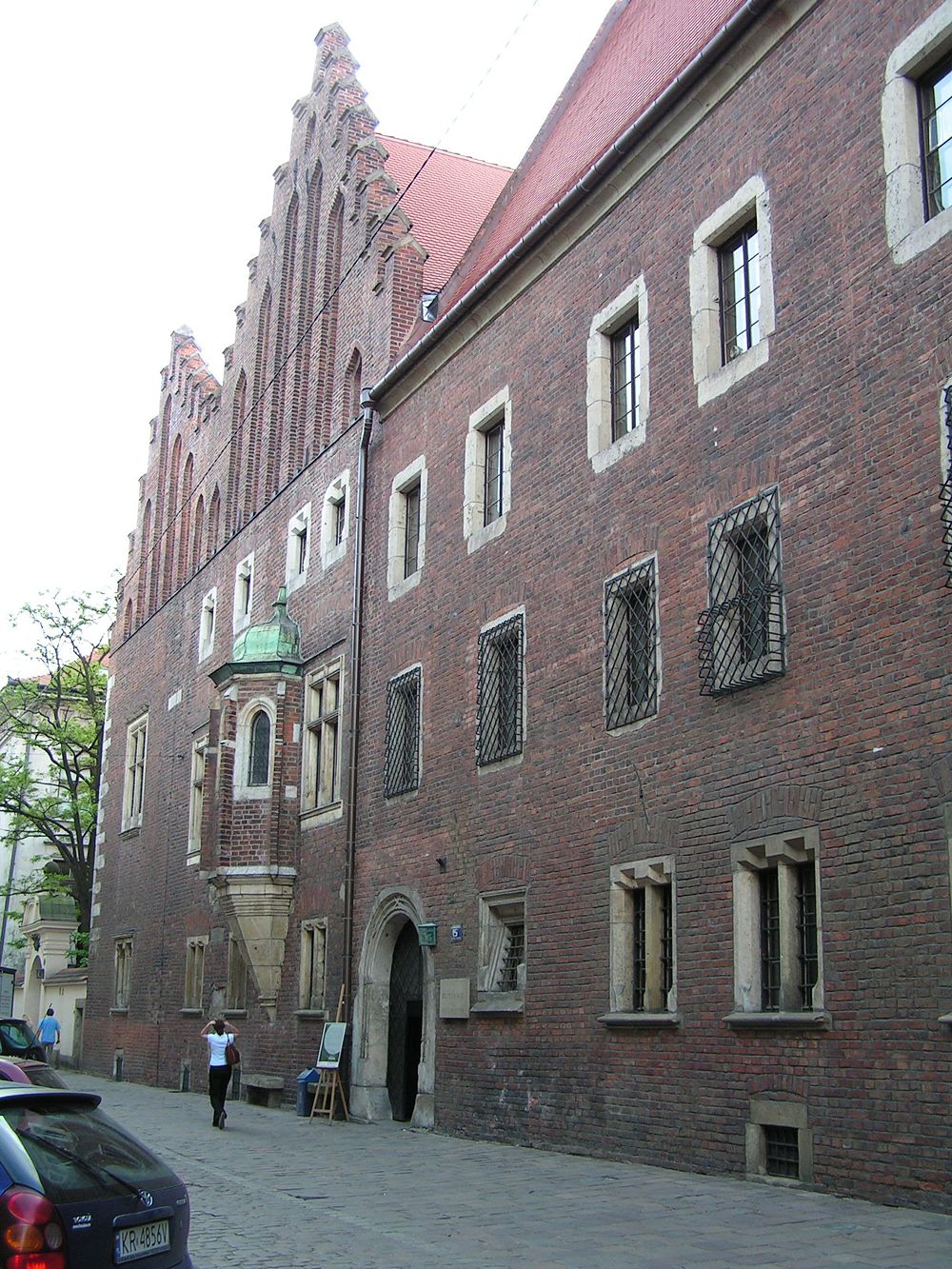
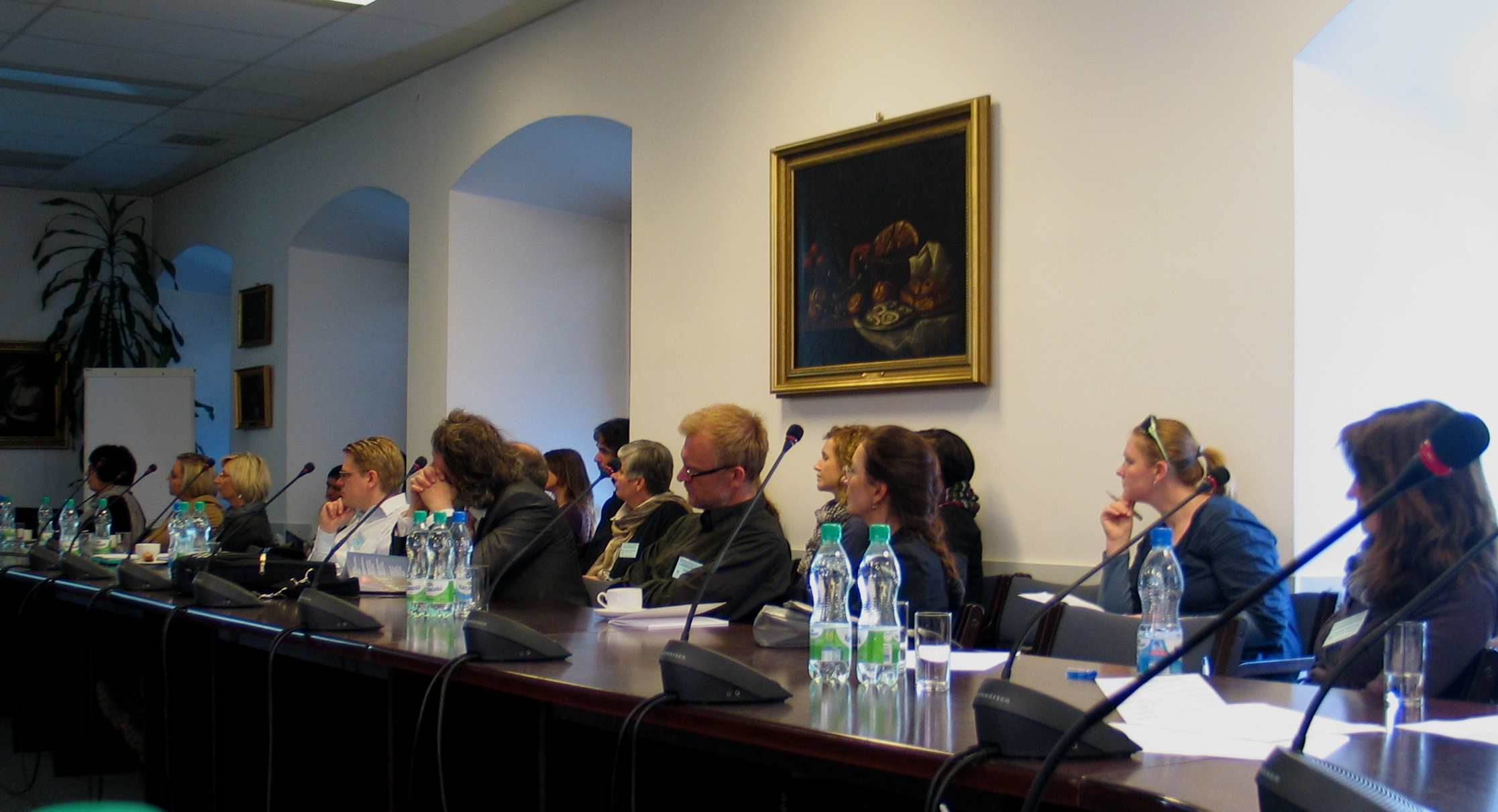
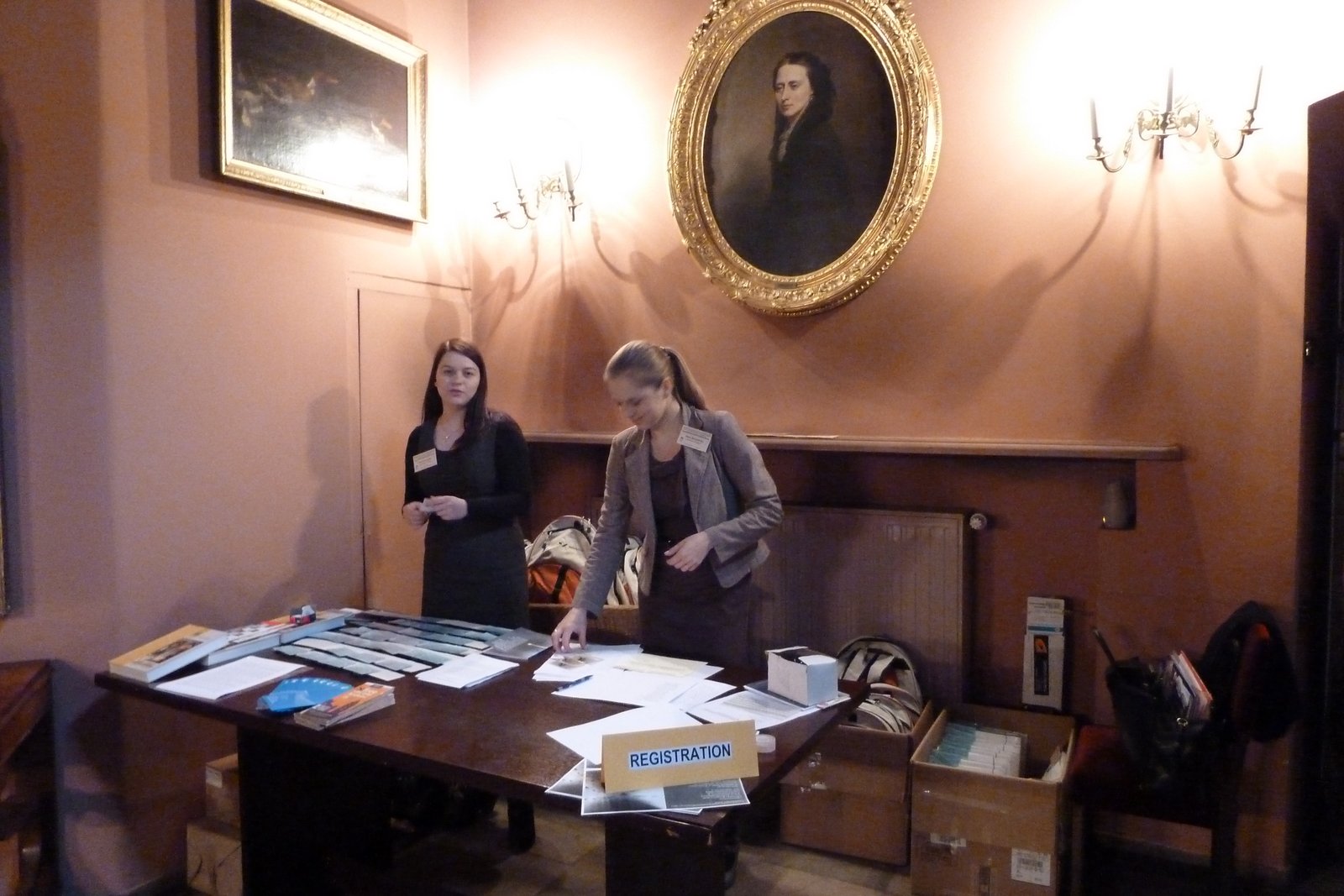

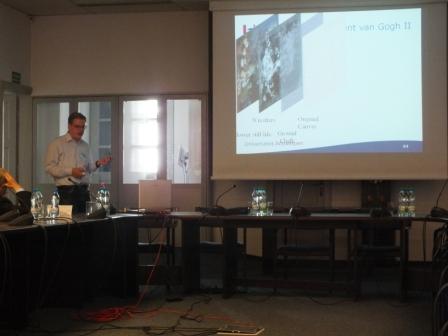
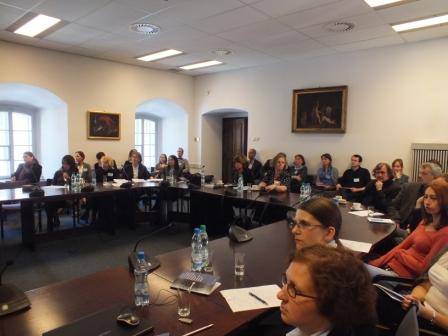
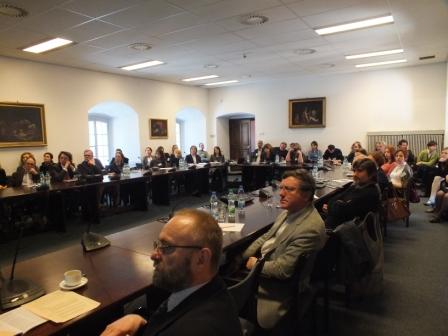
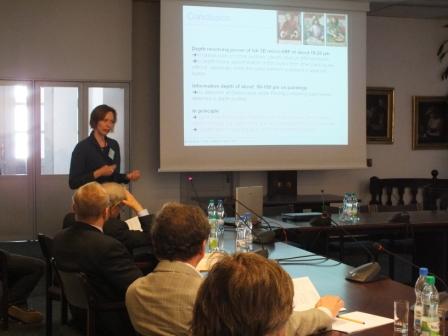
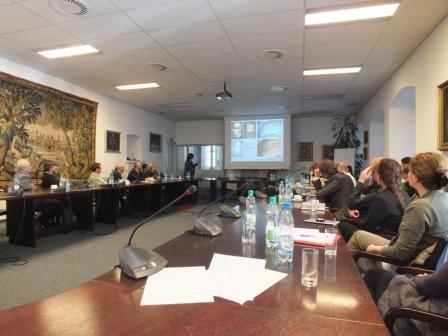
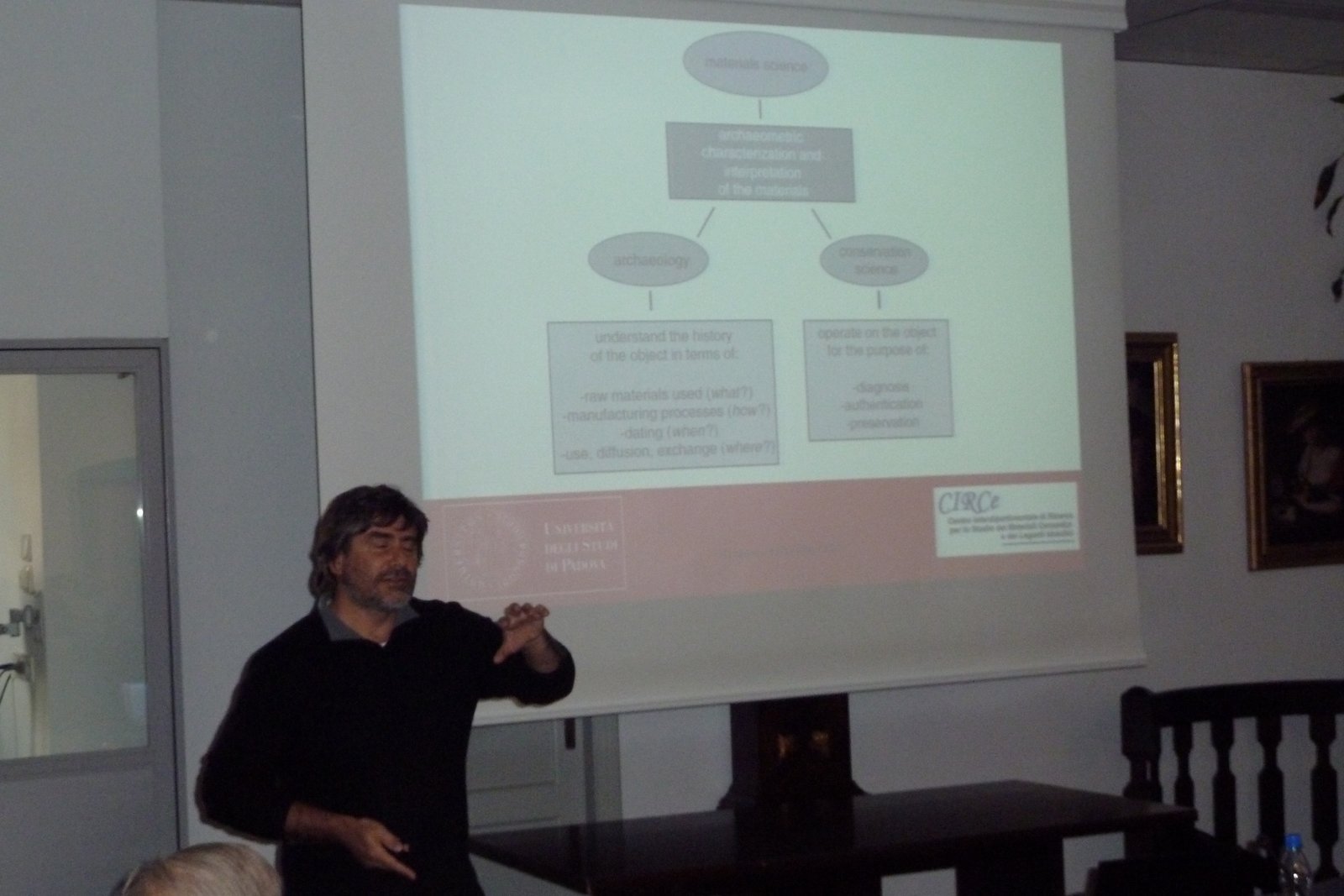
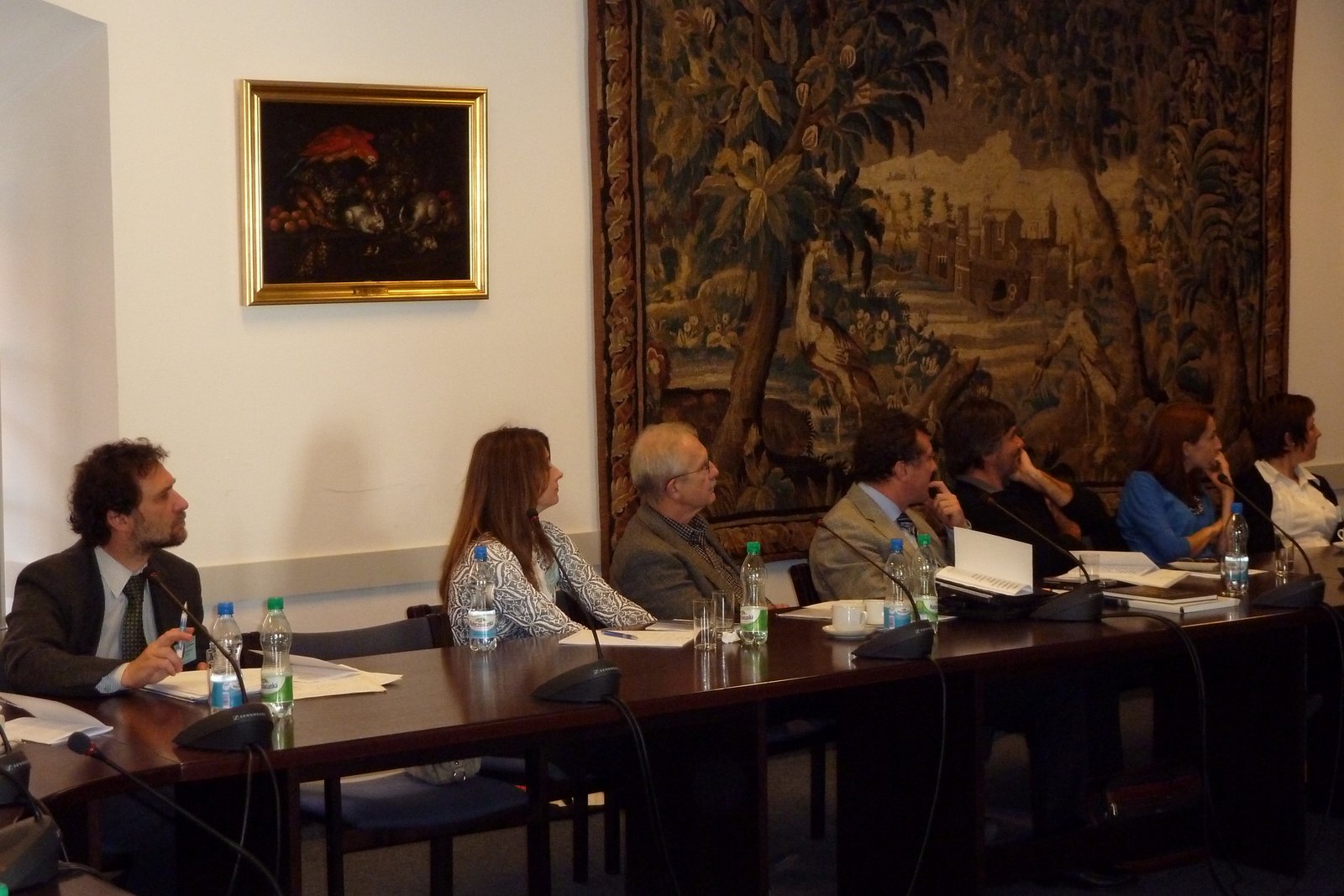
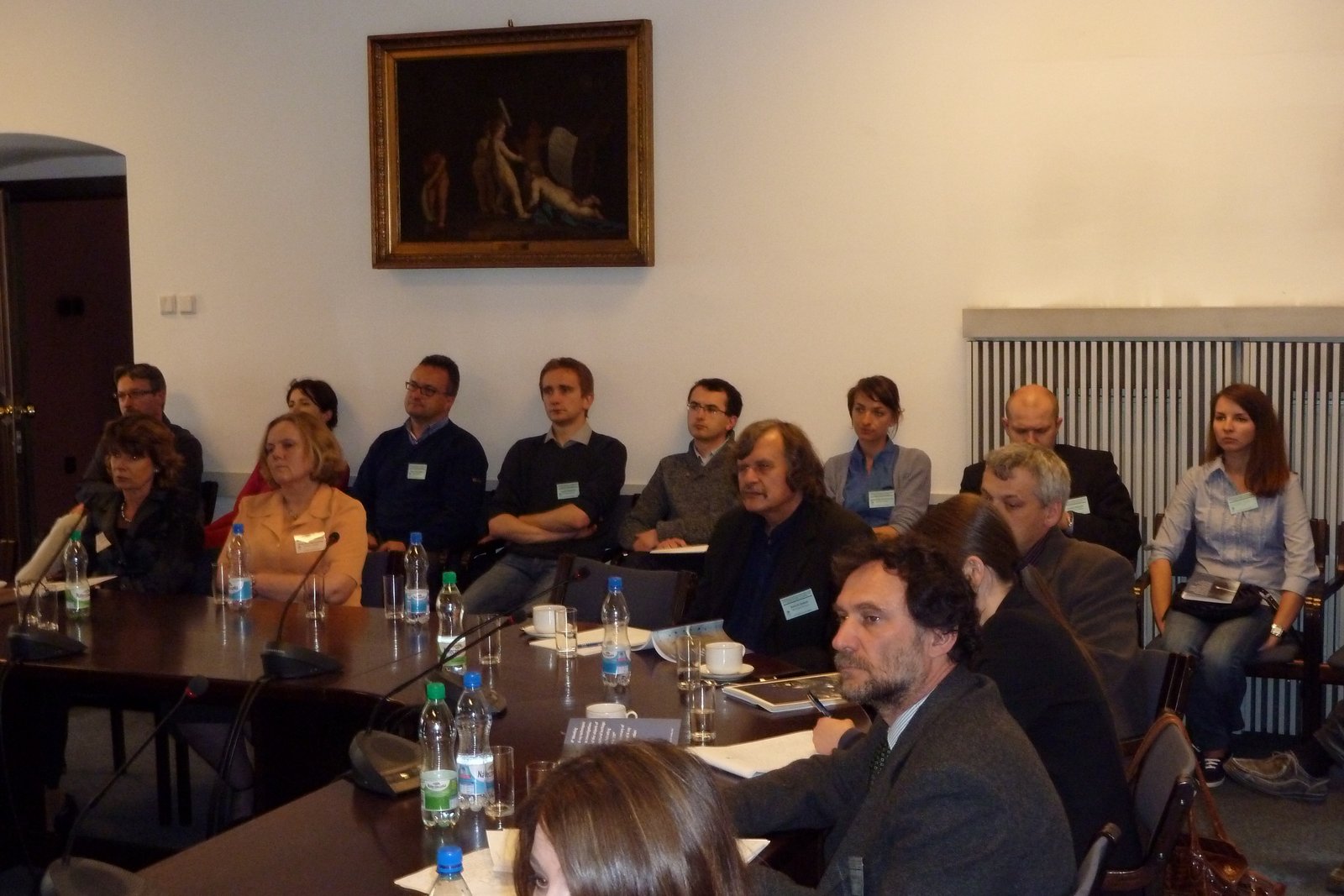
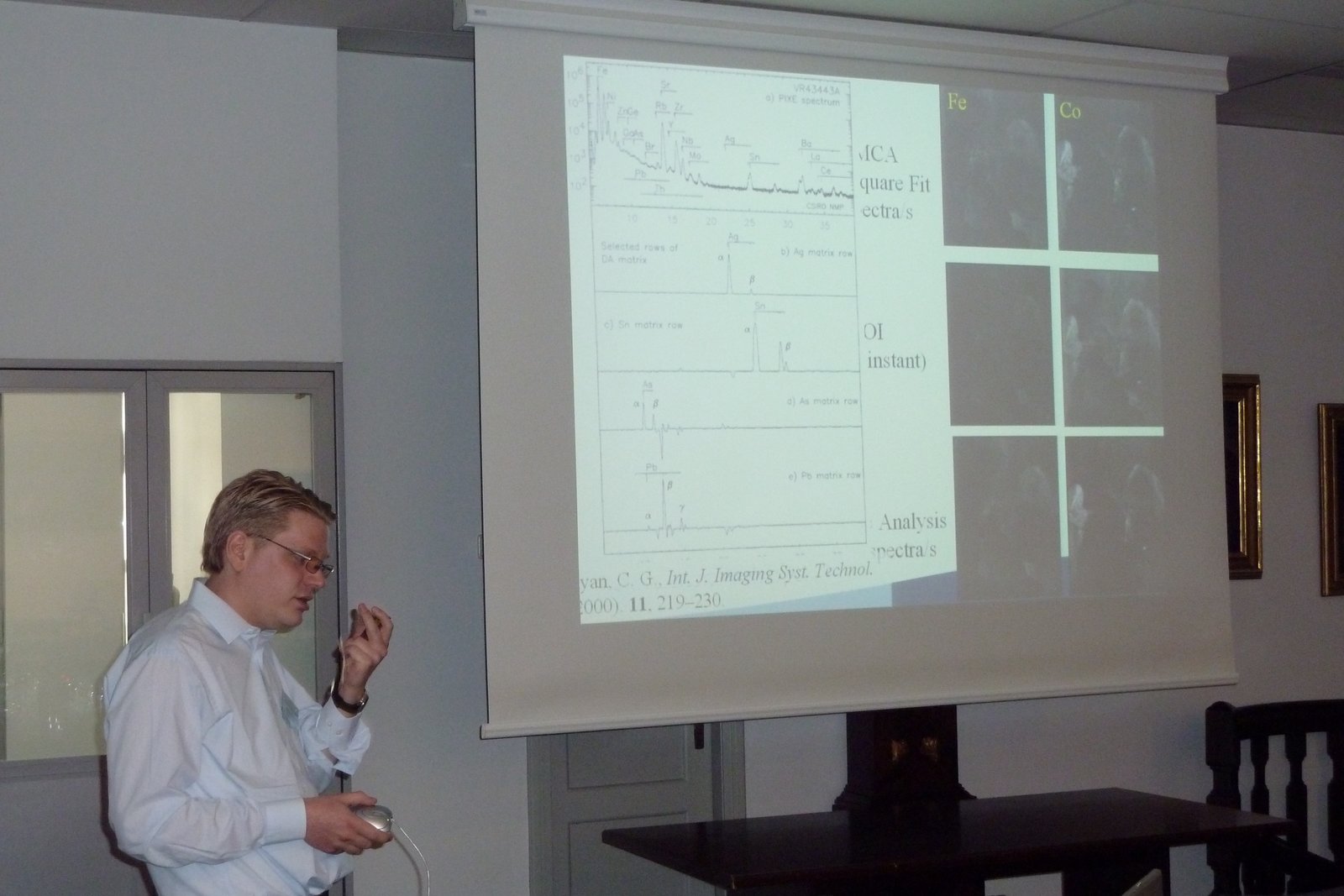
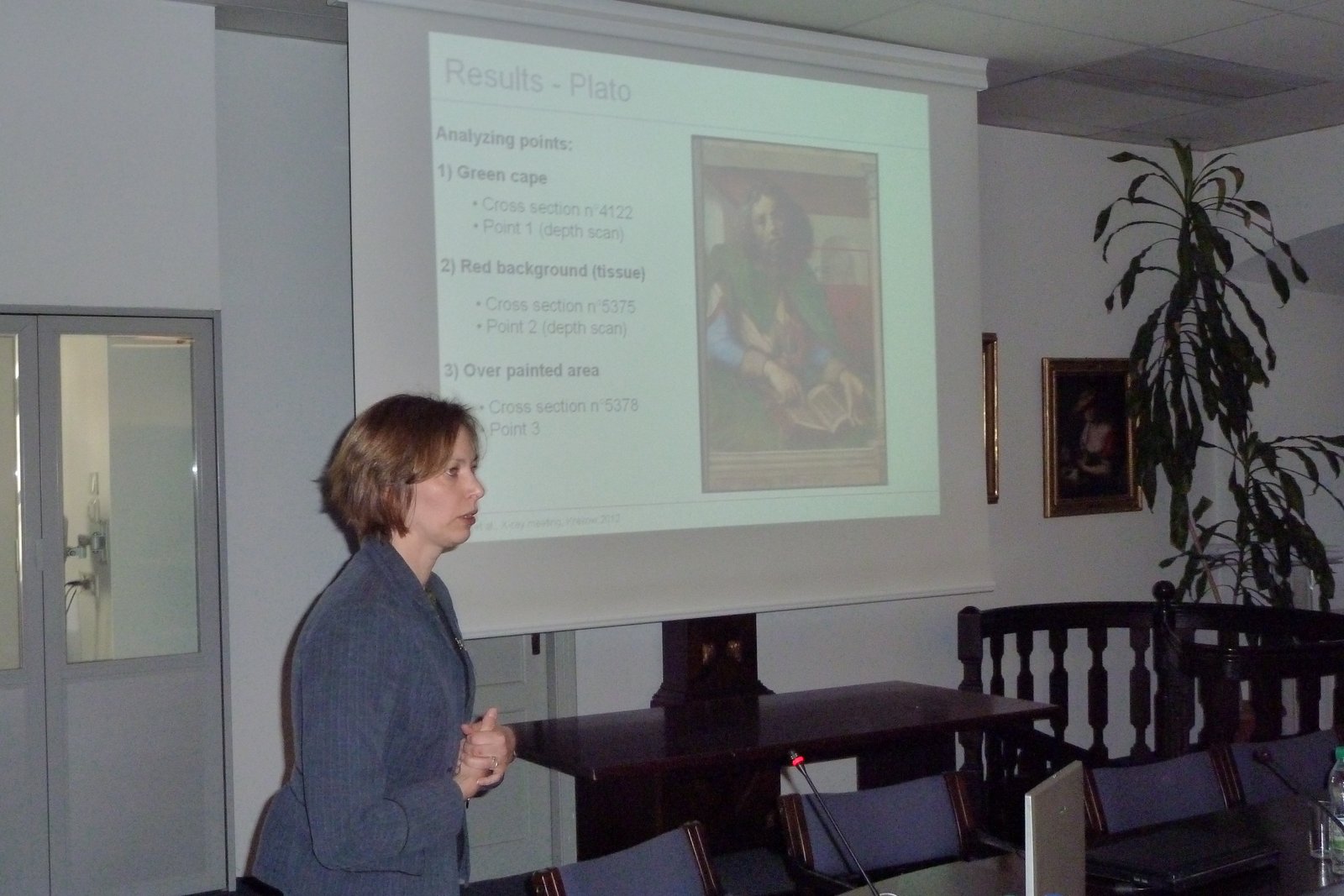
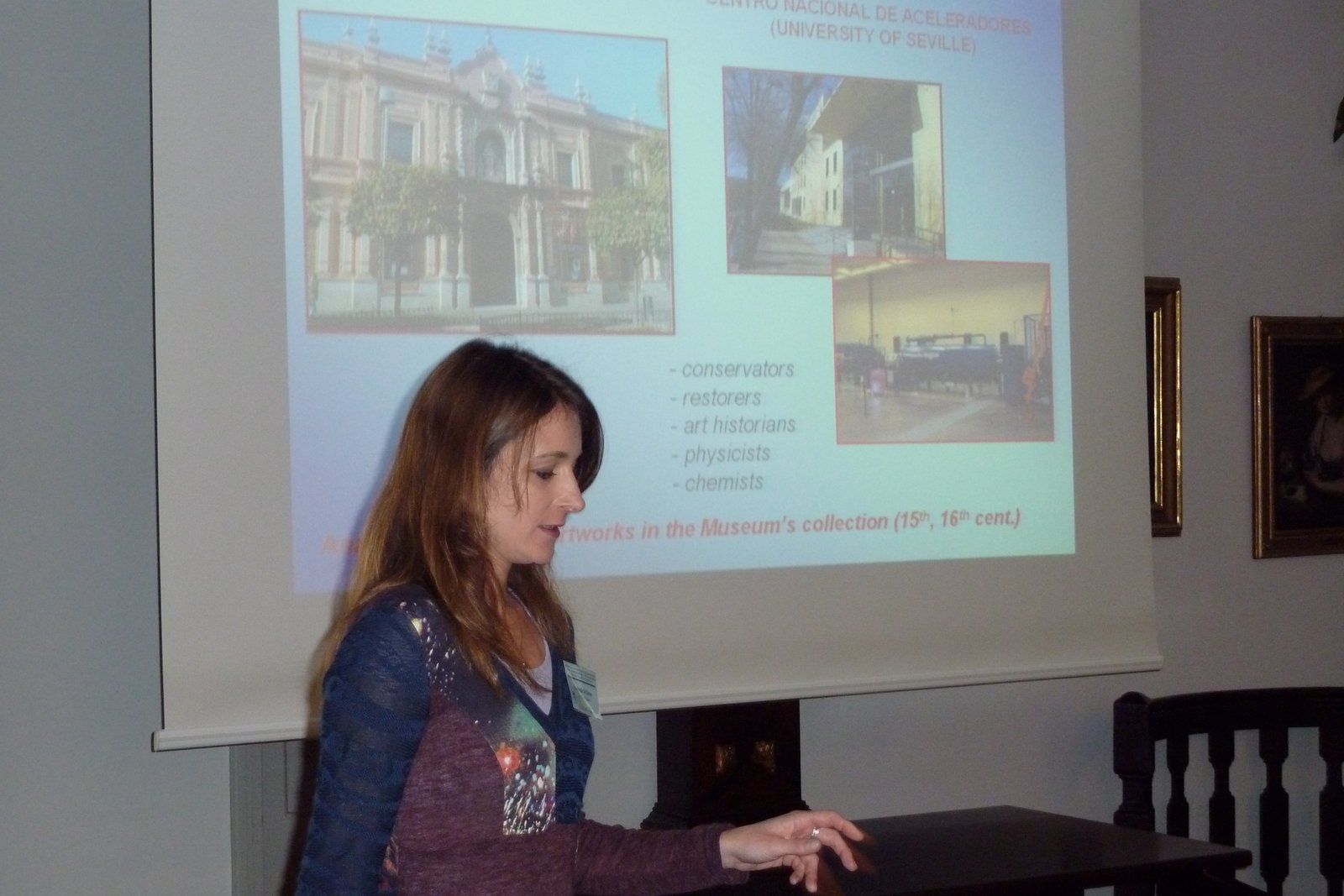
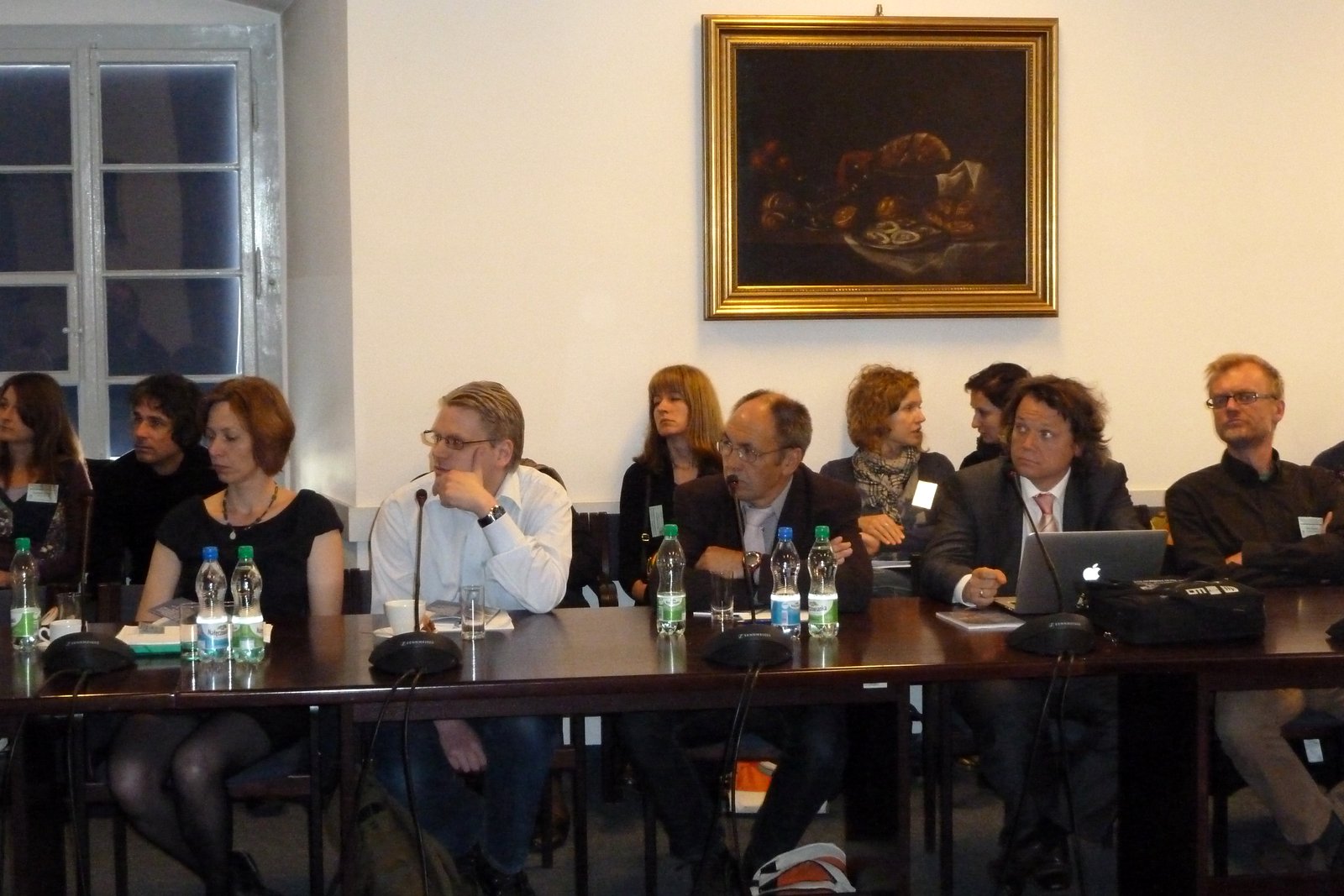
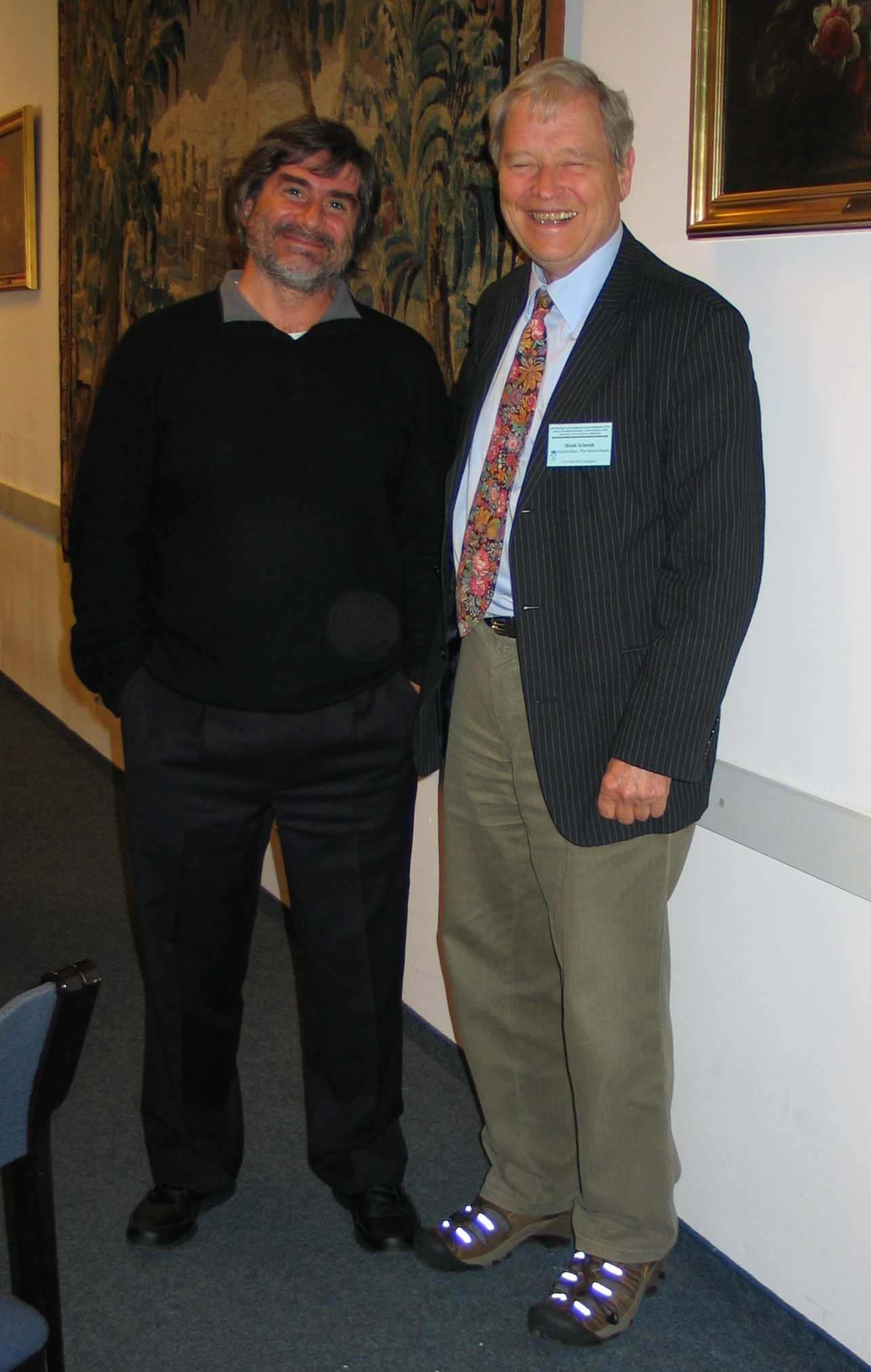
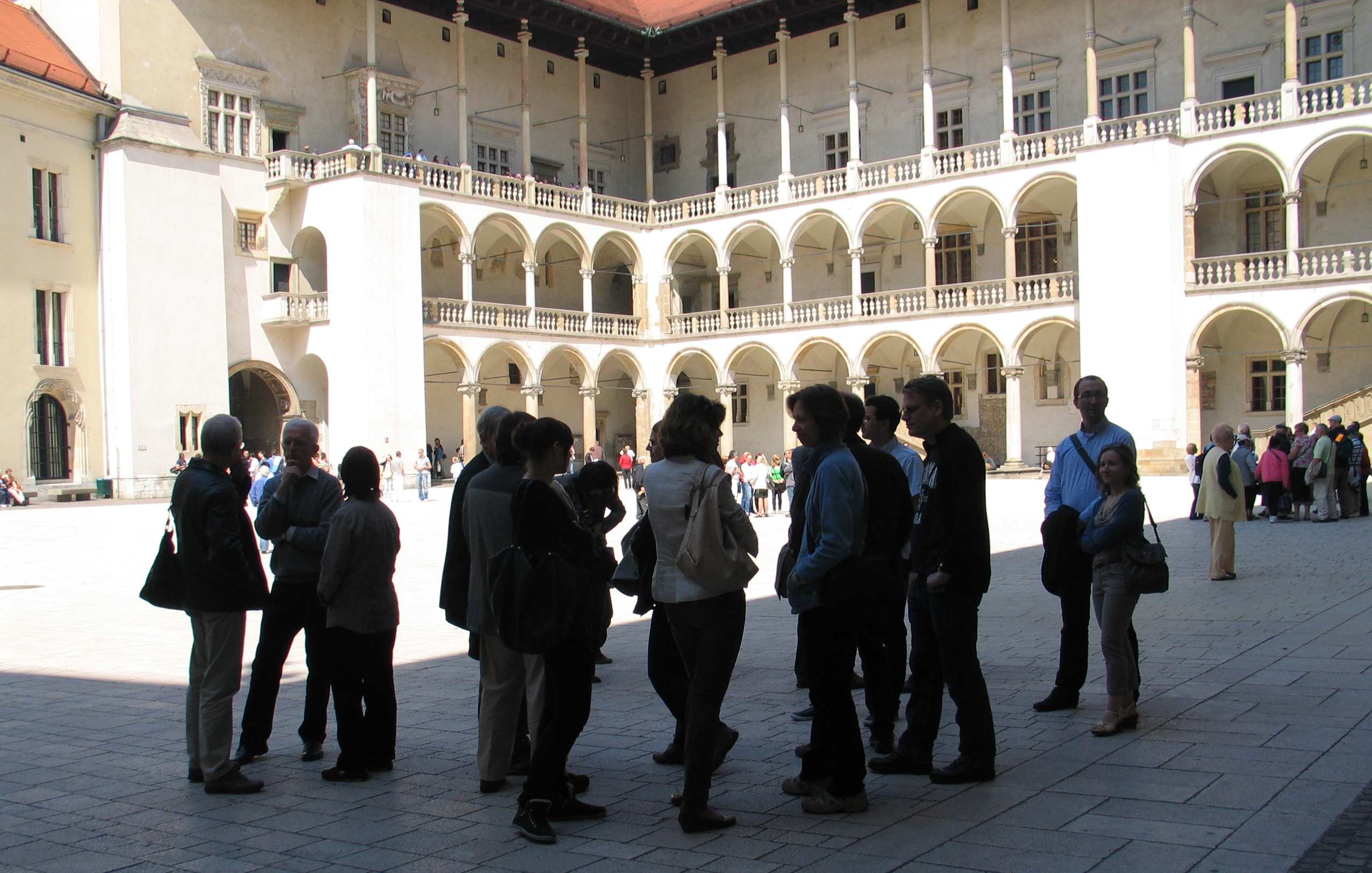
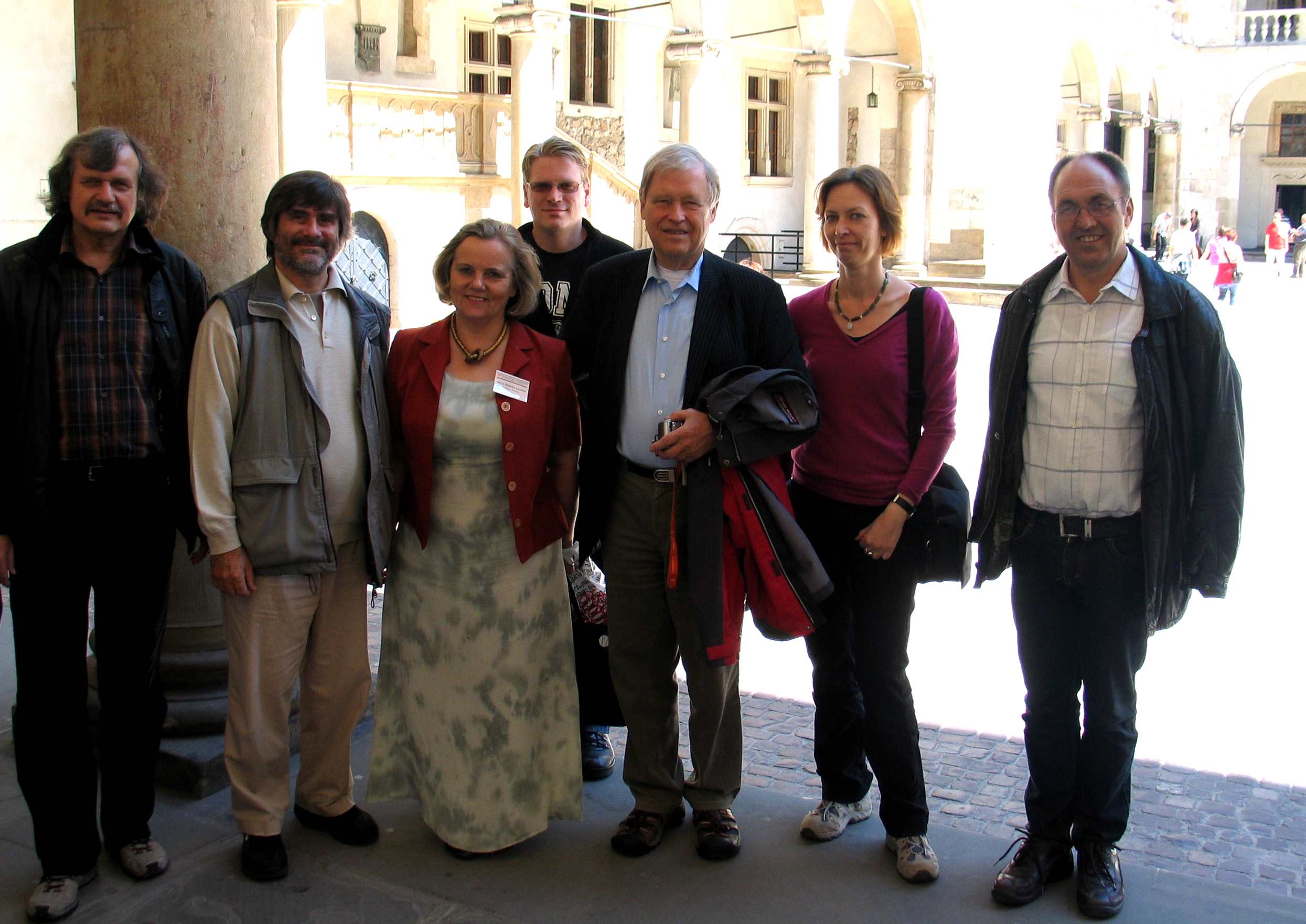
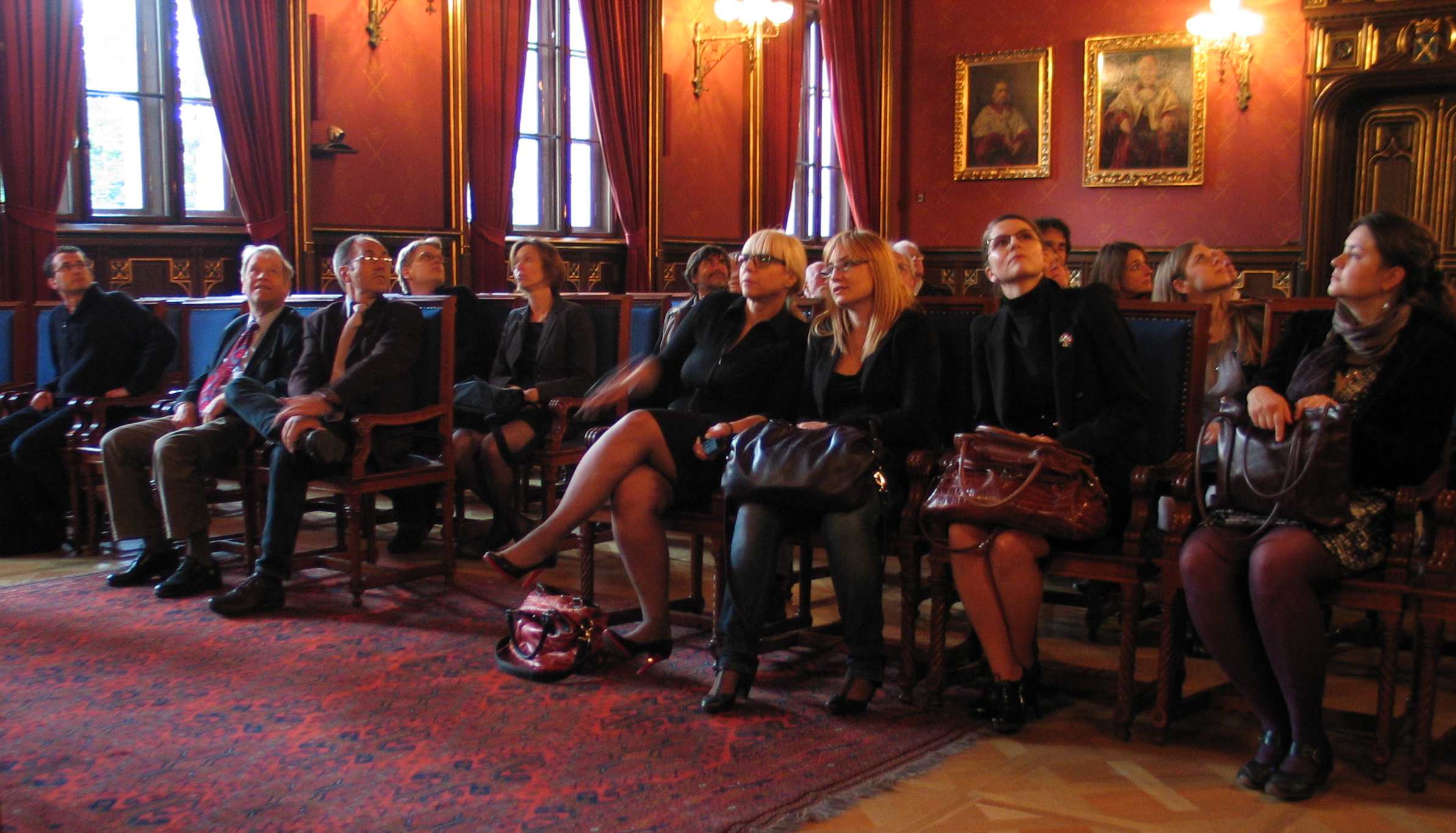

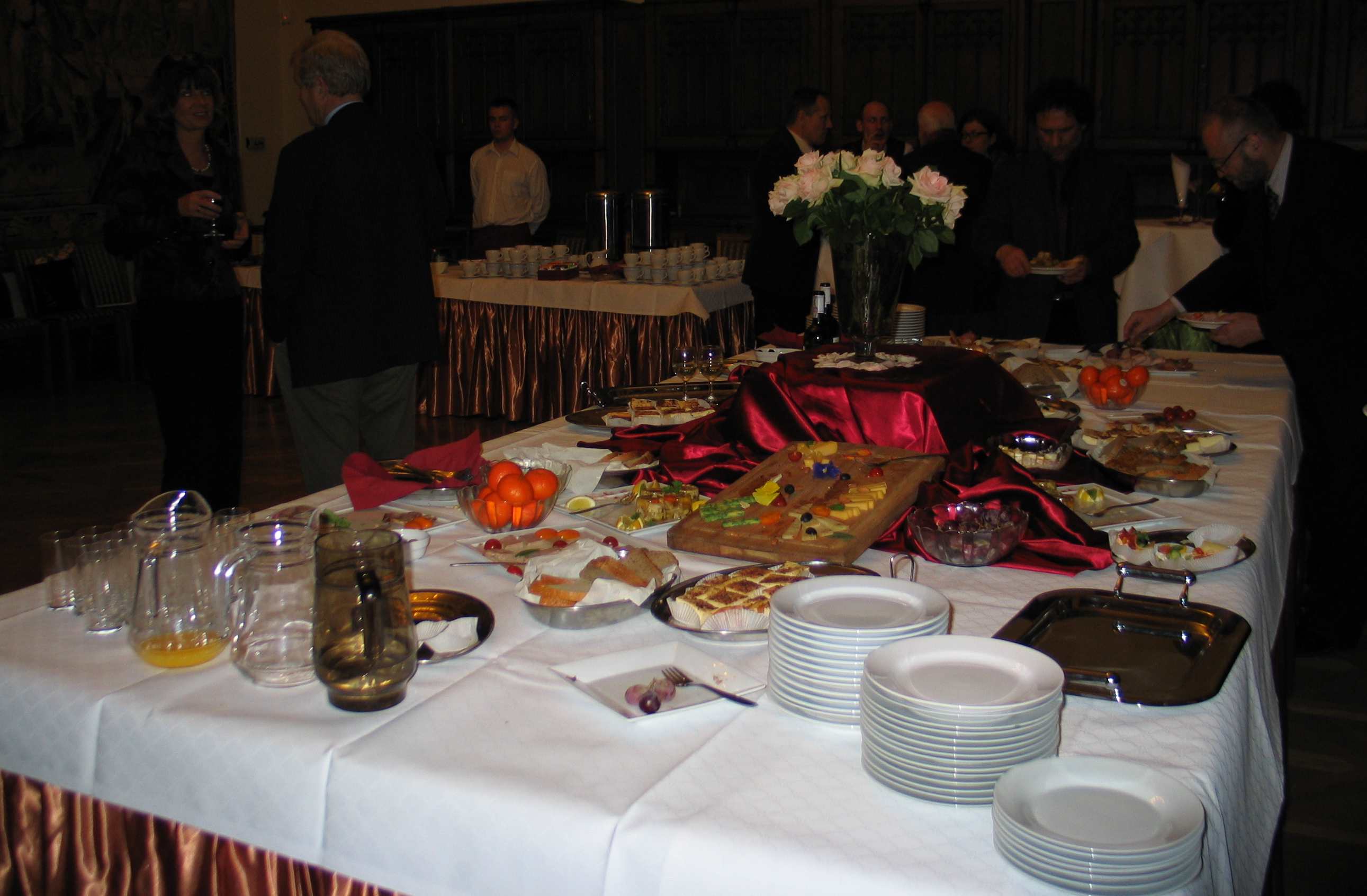
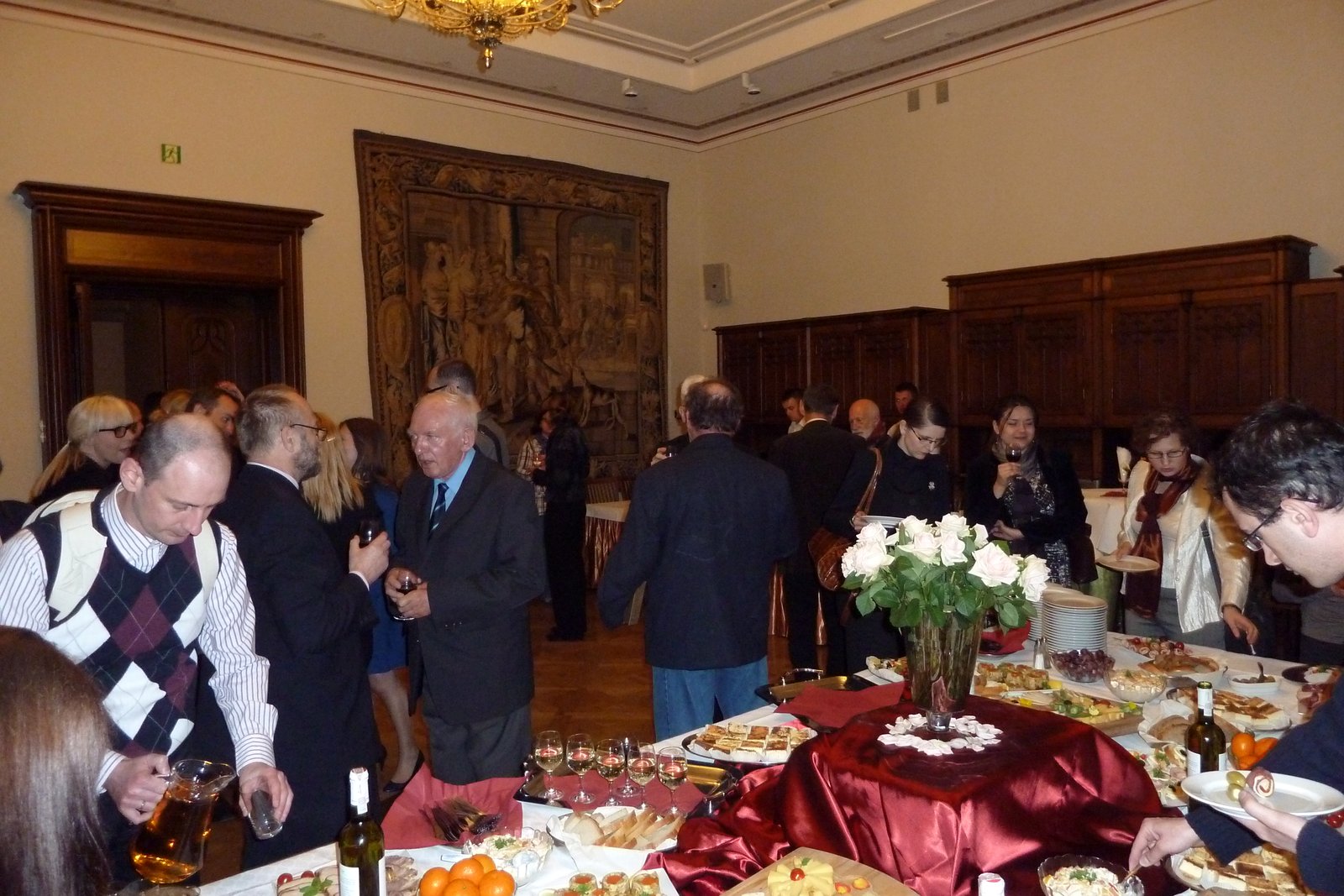

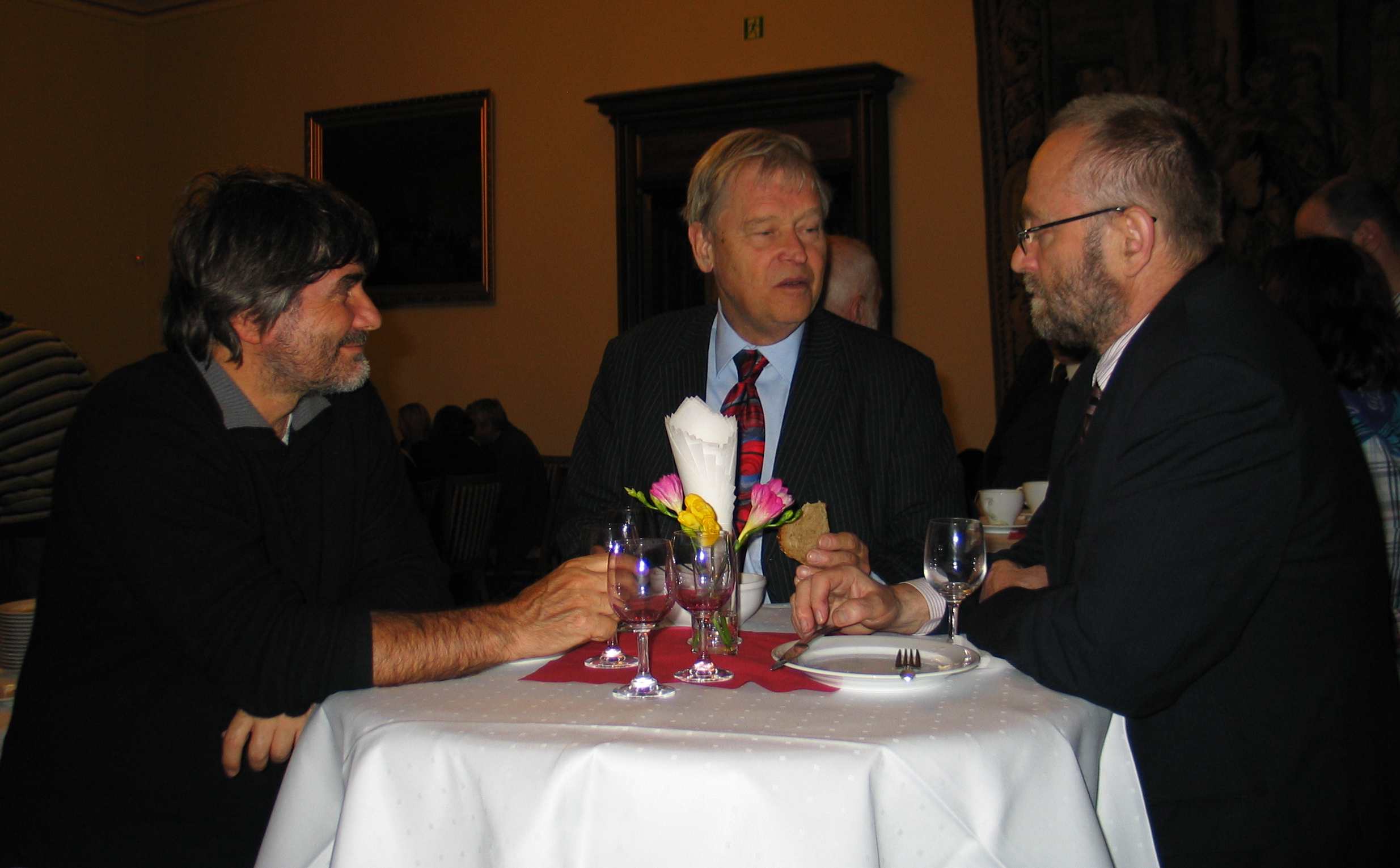
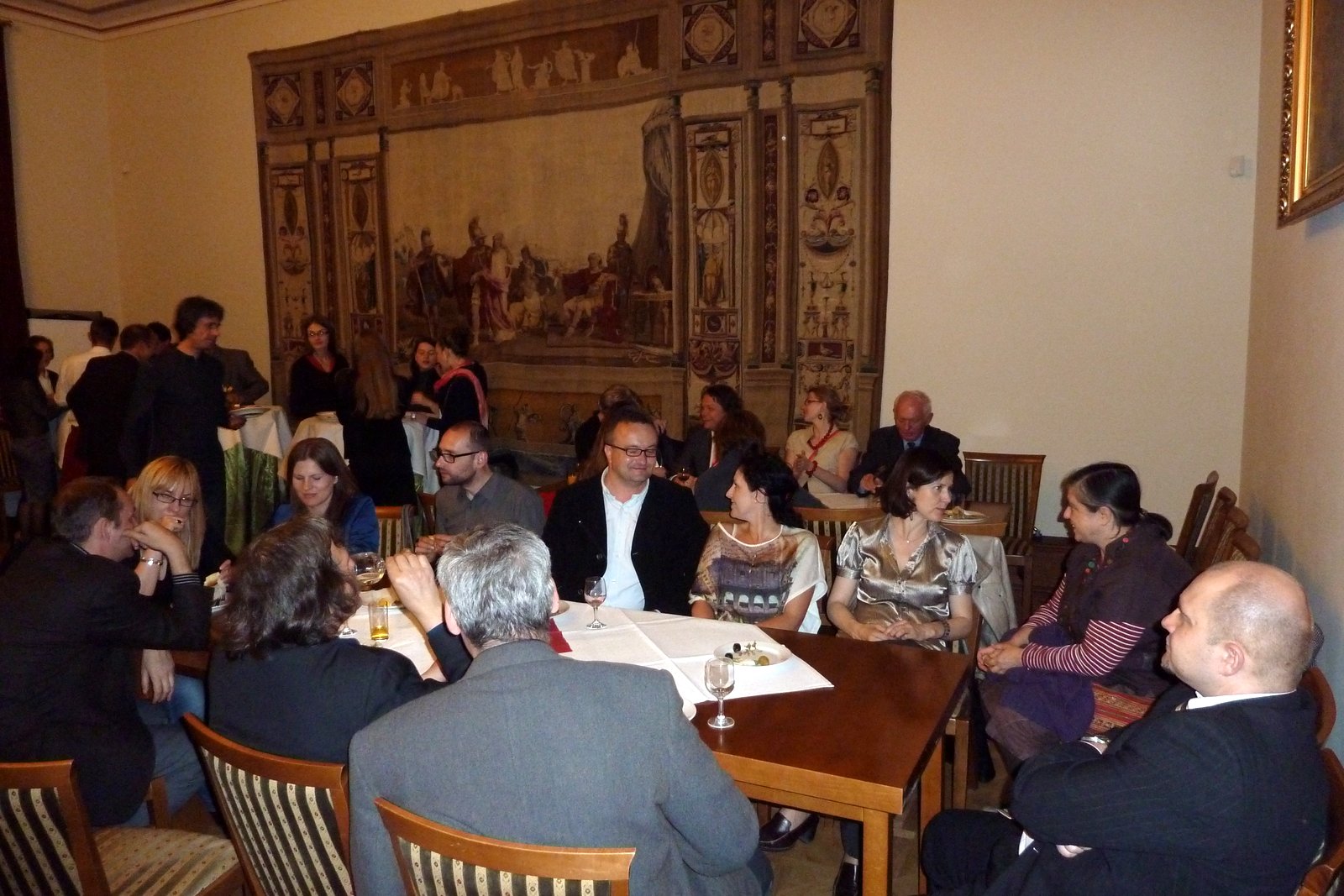


![[Commission Home Page] [Commission logo]](https://www.iucr.org/__data/assets/image/0020/130097/ccach.jpg)